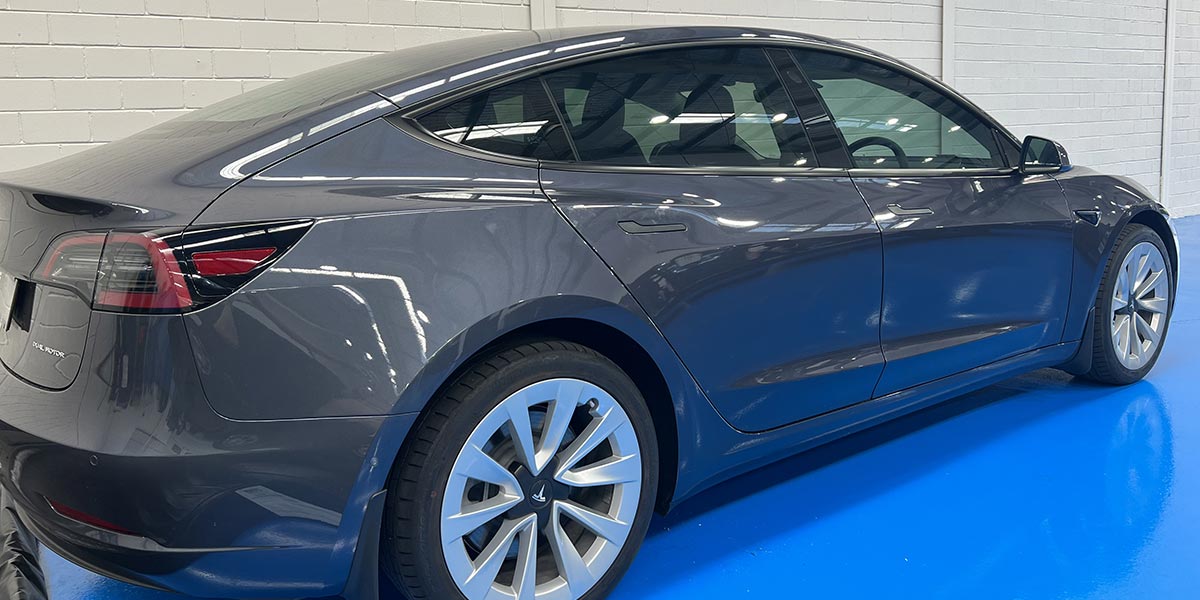
Are you wondering how your window tint will look after it is cured? Will the shade lighten or darken to its final colour? This has sparked quite a debate amongst experts.
The truth is that window tint can either lighten or darken after installation. The degree of change depends on a number of factors, including the type of tint used and how well it was installed. In general, darker tints are more likely to lighten than lighter tints due to the amount of heat generated when installing them.
The tint film may also lighten over time due to exposure to sunlight, although this is less likely. This phenomenon is called “fading” and can be reduced by using high-quality window film with UV protection.
Another factor that affects the shade of the tint after installation is how well it was applied. Poorly installed window film can cause air bubbles or wrinkles that can create an uneven look and lighten the overall tint. To ensure your tint looks its best, it is important to hire a professional window tint installer with experience in working with the type of film you have chosen.
Does tint get lighter as it dries?
When first applied, window tint may appear darker than anticipated. However, as it cures and dries the film will lighten slightly. If after some time your tint still looks wet with no prospect of drying or curing in sight, do not hesitate to reach out to a professional tinting shop for assistance.
Does tint get darker or lighter over time?
Window tint does not usually change much over time as long as it is properly installed and cared for. If you’re noticing that your recently installed car window tint appears to be getting darker each week, this is not the case – what’s actually happening is the adhesive changing. This means it’s “setting” and reacting to heat and sun exposure, giving off an optical illusion of further darkening.
Does window tint fade over time?
Investing in ceramic window tint provides you with the assurance that its colour won’t fade, even after enduring years of direct sunlight. This type of tint is highly resilient and reliable for any season or climate. Other, dye-based window films can experience slight fading over many years, depending on their quality.
Why is my window tint turning purple?
Window tint that is turning purple usually has been exposed to too much heat or has been manufactured cheaply. An extreme temperature change can cause a chemical reaction in the dye, resulting in a purple hue. To prevent this from happening, ensure you only use high-quality window tint, not the cheap kind that can be found on eBay.
Should I get my window tint professionally installed?
Getting your window tint professionally installed is always recommended, as it ensures you will have the best results. As a word of advice, avoid any installer who plans on using Windex to install the tint. An experienced installer will know exactly how to apply the film and what to look out for during the installation process. Professional installers will also use high-quality tools and materials, which can help prevent any discolouration or lightening of the tint after installation.
Overall, window tint can either lighten or darken after installation, depending on various factors. Professional installers can help you achieve the best look and colour for your windows by using high-quality materials and tools. They will also be able to assess your situation and make sure your tint is installed correctly to prevent any fading or discolouration over time. Understanding these factors can help you make the most informed decision about window tinting for your car or home.

